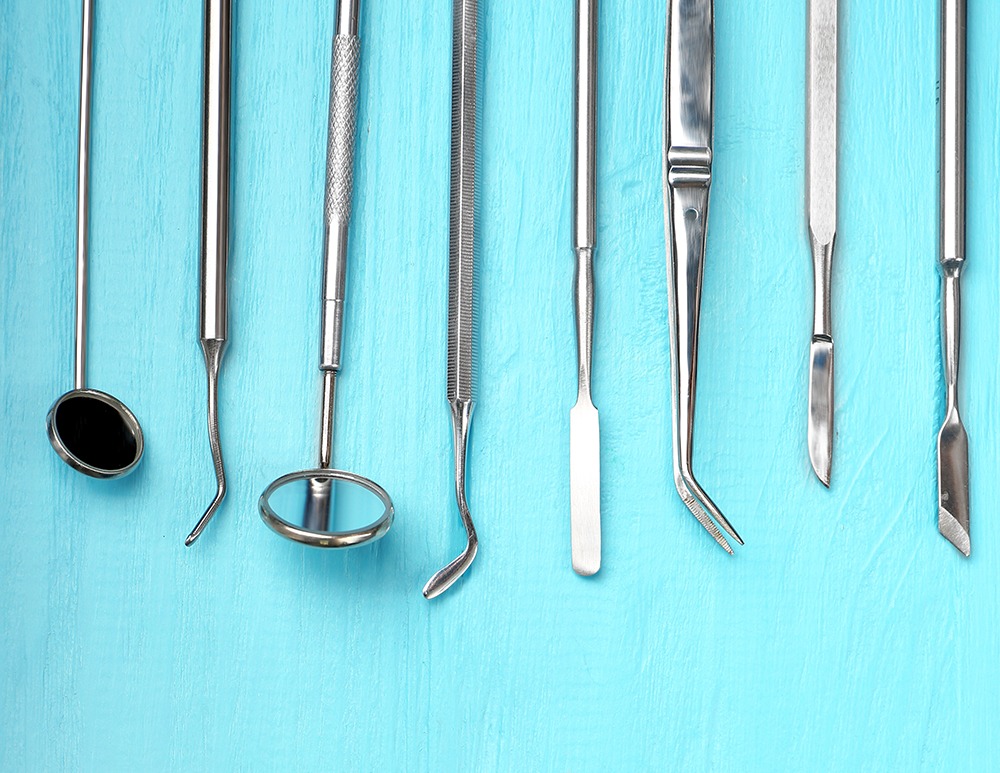
Reprocessed medical devices refer to medical devices that have been previously used on patients but have since been cleaned, disinfected, sterilized, inspected, and functional tested so that they can be safely and effectively reused on other patients. Some common devices that are often reprocessed include endoscopes, laparoscopic instruments, extracorporeal lithotripters, and electrosurgical electrodes.
The Reprocessing Process
The goal of reprocessing is to make sure a used medical device is essentially restored to its original performance specifications and is as safe to use as a new device. Here are the typical steps involved:
Cleaning: Used devices are thoroughly cleaned both manually and using automated washing equipment to remove any organic residue such as blood, tissue, or fluids. Special detergents and disinfectants are used.
Disinfection: Once cleaned, the devices undergo high-level disinfection using chemicals like glutaraldehyde or hydrogen peroxide to kill microorganisms.
Inspection and functional testing: Trained technicians then carefully inspect each device under magnification for any cracks, leaks, or other damage. Electrical and mechanical functions are tested to ensure proper operation.
Sterilization: The final step is sterilizing the device using steam under pressure (autoclaving) or gas plasma to eliminate all forms of microbial life.
Regulations and Standards
In the United States, the Food and Drug Administration (FDA) provides oversight of medical device reprocessing and has established regulations under the Quality System Regulation. Reprocessors must be registered with the FDA and adhere to strict processing, quality control, and record keeping standards.
Internationally, standards organizations like the Association for the Advancement of Medical Instrumentation (AAMI) and the International Organization for Standardization (ISO) have also created guidelines and best practices for reprocessing single-use and reusable medical devices. Compliance with these voluntary standards is important for safety.
Cost Savings and Environmental Benefits
For healthcare facilities and hospitals, reprocessed devices can provide significant cost savings compared to purchasing equivalent brand new devices. Estimates suggest reprocessing can reduce costs by 30-70% depending on the specific items.
There are also environmental benefits since reprocessing reduces the amount of medical waste generated from single-use devices. It helps conserve natural resources by reusing devices and delaying their entry into the waste stream. Some studies indicate reprocessing may lower a hospital's carbon footprint by 15–25%.
Controversies and Concerns
While reprocessing aims to restore devices to an "as new" state, some critics have raised concerns it may still pose infection control risks. Possibilities for missed residue during cleaning or human errors in processing have led to debates around patient safety.
There are also questions about whether reprocessed devices function and last as long as new ones. Manufacturers argue their original design and materials can degrade with each additional reuse cycle in ways that are difficult to detect. This may impact clinical effectiveness over the lifetime of a reprocessed device.
In terms of costs, hospitals must factor in equipment and overhead expenses required for dedicated reprocessing facilities. Some studies have found that after a few reuse cycles, cost advantages diminish. Regulatory requirements also add administrative costs for both manufacturers and reprocessors.
Future Outlook
With rising healthcare budgets globally and a growing sustainability imperative, medical device reprocessing looks set to increase in the coming years. More innovative sterilization methods like hydrogen peroxide gas plasma are enhancing safety. Strict controls and "reuse only by original manufacturer" programs aim to address concerns.
However, unresolved issues around liability, quality assurance, and clinical outcomes could limit the market potential—especially in developed nations. Continued research and more data on long-term performance will help determine the future scope and role of device reprocessing. But it has remained an important cost containment tactic for many healthcare facilities.
In Summary, reprocessed medical devices offer a sustainable solution for healthcare facilities seeking to mitigate the environmental impact of disposable medical equipment. By refurbishing and sterilizing single-use devices, these practices extend the lifecycle of medical equipment while reducing the volume of waste generated. However, ensuring the safety and efficacy of reprocessed devices necessitates adherence to stringent regulatory standards and robust quality control measures. Through responsible procurement and utilization, reprocessed medical devices contribute to a more sustainable healthcare industry.




























